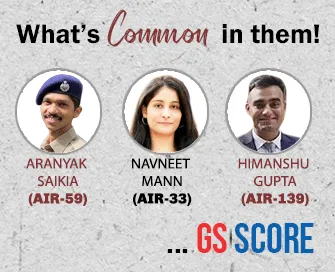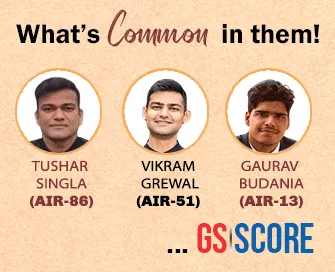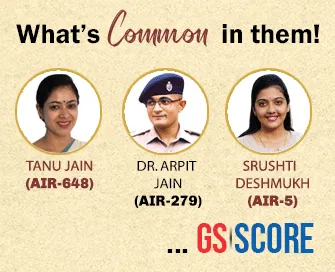

12th August 2023 (7 Topics)
Editorials
Context:
Drug-resistant tuberculosis (DR-TB) is a big challenge for India that demands urgent attention. With a quarter of the world’s DR-TB cases, India’s response can shape how other countries deal with this growing threat.
Drug resistant TB statistics for India:
- Continuously increasing burden: The WHO estimates that 119,000 new cases of multidrug/rifampicin resistant TB (MDR/RR-TB) emerge in India each year.
- Policy malfunction: The Indian TB programme has notified only a little over half the estimate about 64,000 MDR/RR-TB cases in 2022.
- Delayed Identification: However, last year in India, only about 23 per cent of those presumed with TB underwent few initial diagnostics tests.
Loopholes in India’s Policy:
- Gaps in TB diagnosis: Our inability to diagnose DR-TB rapidly is a huge gap which needs accurate tools for detection, medication and curing it.
- Ignoring BPaL regimen: India is the only global supplier of pretomanid, a key drug within the BPaL regimen. However, only 403 patients in India have so far been administered the pretomanid-containing BPaL regimen through a clinical trial.
- Century-old tools used for detection: Microscopy, which is now became old method and cannot detect drug-resistance, and detects only half of all people with these tests.
Efforts to overcome TB cases:
- WHO’s stand on BPaLM/BPaL: It has released a Standard on Universal Access to Rapid TB Diagnostics, recommending the use of molecular diagnostics as the initial test as these are highly accurate, detect resistance to drugs, are cost-effective, and reduce treatment-related delay.
- Modification in Drug usage: Shortening the duration of DR-TB treatment from 24 months to 6 months is a big improvement.
- Cost efficient method: Studies estimate an annual saving of 740 million dollars globally because of transition to BPaLM/BPaL.


Editorials
Context:
The National Statistical Office (NSO) has released the 202223 GDP fourth quarter growth rate figures. Measured against fourth quarter ?gures of the previous year, the data give a gloomier picture than what the media publications of the Press Information Bureau present.
Picture presented by NSO data:
- First, the growth rate of GDP, since 201516 had been declining annually, and has fallen in the fourth quarter to what it was earlier and sneeringly referred to by economists as “The Hindu Rate of Growth” — 3.5% growth rate in GDP.
- Second, it is essential to recognise that since 2014, the economy has achieved the so-called “Hindu rate of growth” in GDP of what had been achieved in the period 195077, the socialism period.
- Third, during the tenures of P.V. Narasimha Rao and Manmohan Singh, GDP growth rates rose for the ?rst time to between 6% to 8% per year over a 15year period, i.e., 199196 and 20042014 (with the usual cyclic ups and downs).
Reason for New Economic policy:
- State Intervention- There is increasing state participation and decreasing incentives for capital and labour providers, thus achieving a higher and faster growth of the economy.
- GDP growth rates- There is a serious and continuous decline in GDP growth rates which began in 2016. And that decline continues even now.
- Lack of structured policy- No policy structuring has been presented to ensure an annual doubling of GDP in five years, or, in other words, a 15% annual growth rate of GDP.
Way Ahead:
- Clear strategy needed- There needs to be a policy that is based on clear objectives, priorities, have a strategy to achieve targets, and spell out an intelligent and transparent resource mobilisation plan to finance policies.
- Interest rates on loans- Interest rates on loans to small and medium industries should be no more than 6% of the loans to increase production of these sectors, and thus employment.
- Interest paid on ?xed term savings - The annual interest paid on ?xed term savings in bank accounts should be 9% or so to increase the purchasing power of the middle classes.



